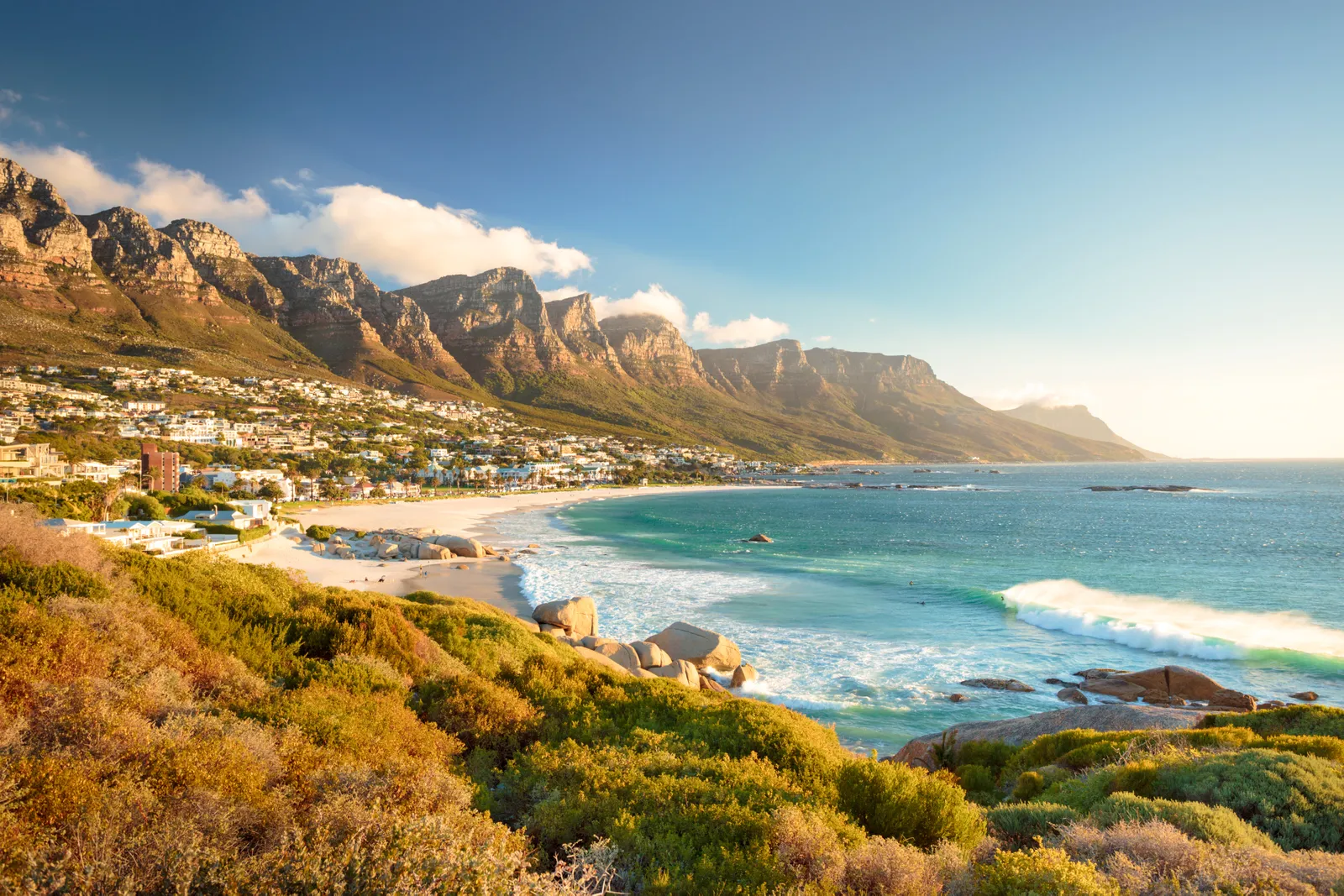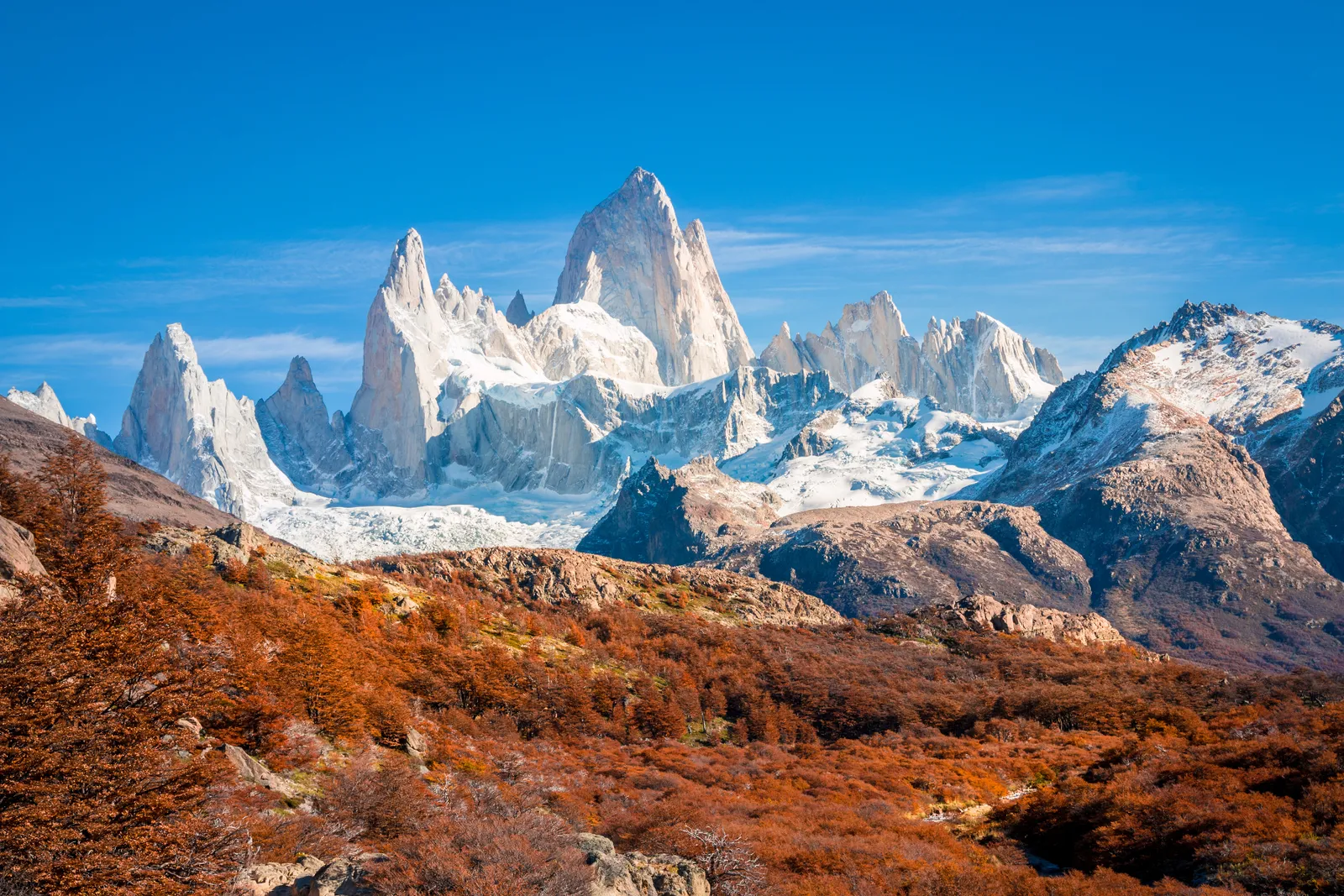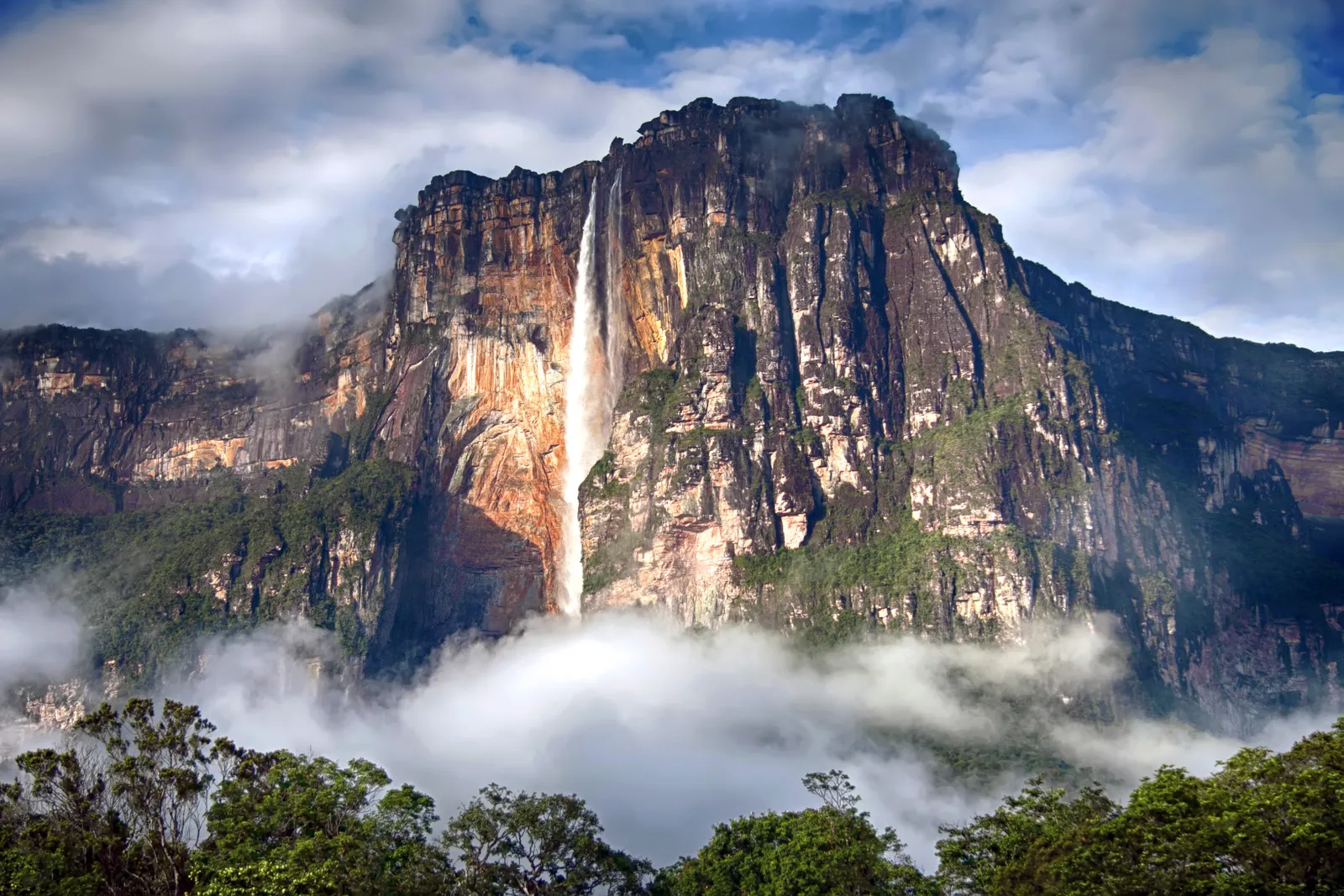Beautiful Countries
The Most Hottest Countries in the World
Lucky golden ticket winner yours to choose from below. Win your holiday of Lifetime for you and your partner all paid and taken care of by. WINLUXURYHOLIDAY
Djibouti
Djibouti is one of the hottest countries in the world, particularly during the summer months. It is located in the Horn of Africa, on the northeastern coast of the continent, and has a predominantly arid and semi-arid climate. The climate is characterized by high temperatures, little rainfall, and strong winds.
Djibouti’s climate is influenced by its proximity to the Red Sea and the Gulf of Aden. The country’s landscape is dominated by deserts and volcanic plateaus, contributing to its overall arid conditions. Given its extreme temperatures, Djibouti is considered one of the hottest places on Earth.
Burkina Faso
While Burkina Faso is known for having a hot climate, it might not be considered the hottest country overall. Burkina Faso, located in West Africa, experiences a tropical climate with distinct wet and dry seasons.
It’s important to note that “hotness” can be measured in different ways, such as average temperatures, peak temperatures, or the frequency and duration of extreme heat events. Different sources and organizations may use various criteria to determine the “hottest” places or countries.
Mauritania
Mauritania is known for having one of the hottest climates in the world. It is located in West Africa and is predominantly covered by the Sahara Desert. The country experiences a hot desert climate, characterized by extremely high temperatures, especially during the summer months.
The city of Nouakchott, the capital of Mauritania, is known for its hot and arid climate. The combination of high temperatures and low precipitation contributes to the overall heat in the region. It’s essential to note that the heat in Mauritania can be particularly intense, and visitors need to take precautions to stay hydrated and protect themselves from the extreme conditions.
Senegal
Senegal, located in West Africa, experiences a tropical climate with distinct wet and dry seasons. While Senegal can be hot, particularly during the dry season, it might not be classified as one of the hottest countries globally. The country’s climate varies from the arid Sahelian region in the north to a more humid tropical climate in the south.
During the dry season, which generally spans from November to May, temperatures can rise, and the harmattan, a dry and dusty wind from the Sahara Desert, may blow across the region. Inland areas, especially in the northern part of Senegal, can experience high temperatures during this time.
Tanzania
Tanzania is a biodiverse wonderland, but its main draw is undoubtedly the Serengeti—especially if you can visit between January and March to witness the Great Migration. And don’t forget about Mount Kilimanjaro, rising like a magnificent mirage over the vast plains.
Another deservedly popular spot is the Ngorongoro Crater, a vast and thriving volcanic caldera known as Africa’s Garden of Eden (assuming the garden had flamingos and zebras). Tanzania also has some 800 miles of Indian Ocean-facing coastline, with the white sand beaches and sapphire waters of Zanzibar generating the most tourism buzz.
Qatar
Qatar is known for having extremely high temperatures, and it is often considered one of the hottest countries in the world. The country is located on the Arabian Peninsula in the Middle East and has a desert climate, characterized by scorching temperatures, especially during the summer months. It’s important to note that Qatar experiences significant temperature fluctuations between day and night, with nights being relatively cooler than daytime.
Additionally, the country has implemented various measures to cope with the extreme heat, such as air-conditioned outdoor spaces and adjusted working hours during the hottest parts of the day.
Maldives
While the Maldives is known for its warm and tropical climate, it may not be classified as the hottest country in terms of absolute high temperatures. The Maldives experiences a tropical monsoon climate with high temperatures throughout the year.
It’s important to note that when considering the “hottest” country, factors such as daily temperature ranges, humidity levels, and the presence of extreme heat events need to be taken into account. Desert regions, such as those found in the Middle East or North Africa, often experience higher peak temperatures than tropical climates like that of the Maldives.
Bahrain
Bahrain, a small island nation in the Arabian Gulf, is known for its extremely hot climate and is often considered one of the hottest countries in the world. Bahrain experiences a desert climate, characterized by scorching temperatures, especially during the summer months.
Bahrain takes measures to cope with the extreme heat, such as air-conditioned spaces, adjusted working hours during the hottest parts of the day, and infrastructure designed to handle the high temperatures. It’s important for residents and visitors to take precautions to stay cool and hydrated during the hottest periods in Bahrain.
Seychelles
While Seychelles has a warm and tropical climate, it may not be considered one of the hottest countries in terms of extreme temperatures. Seychelles is an archipelago located in the Indian Ocean, and its climate is influenced by the surrounding ocean. Seychelles experiences a wet season and a dry season, with the wet season generally occurring from November to March.
The country’s tropical climate is characterized by high humidity, especially during the wet season. In summary, while Seychelles is warm and tropical, its temperatures are generally not as extreme as those found in some of the hottest countries with desert climates.
United Arab Emirates
The United Arab Emirates (UAE) is known for having one of the hottest climates in the world. Located in the Arabian Peninsula, the UAE experiences a desert climate with extremely high temperatures, especially during the summer months. Cities like Dubai and Abu Dhabi are located in the UAE and are known for their hot and arid climates.
The country has implemented various measures to cope with the extreme heat, such as air-conditioned indoor spaces, misting systems in outdoor areas, and adjusted working hours during the hottest parts of the day. It’s important for residents and visitors in the UAE to take precautions to stay cool and hydrated during periods of extreme heat.










